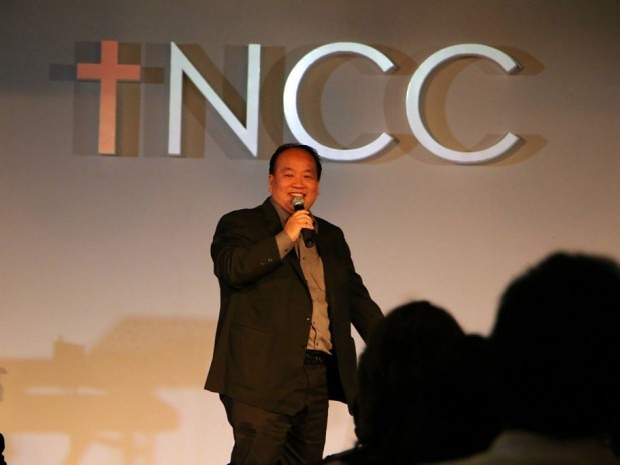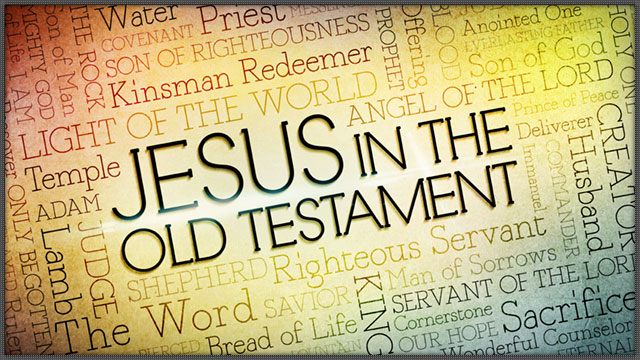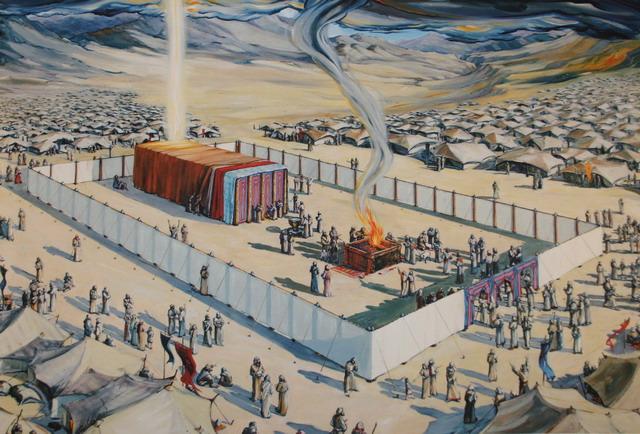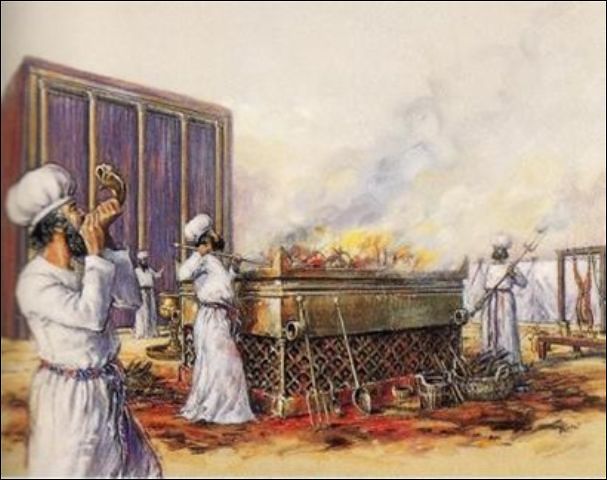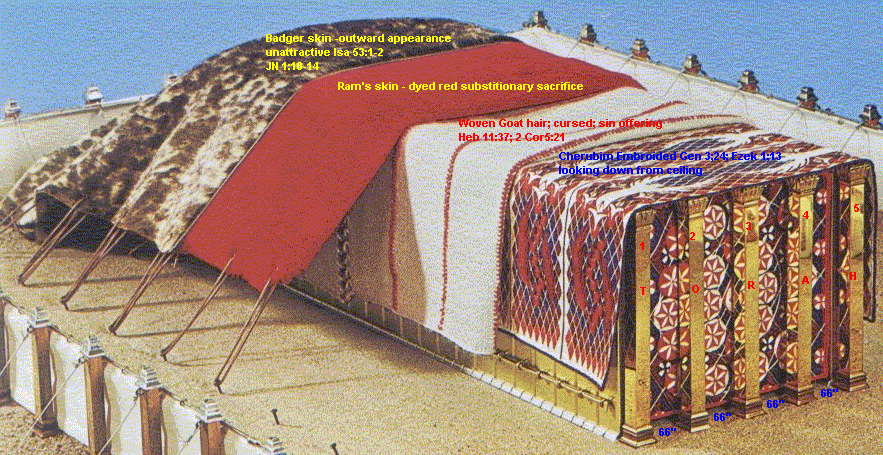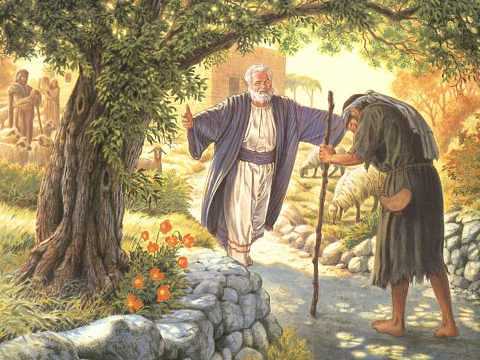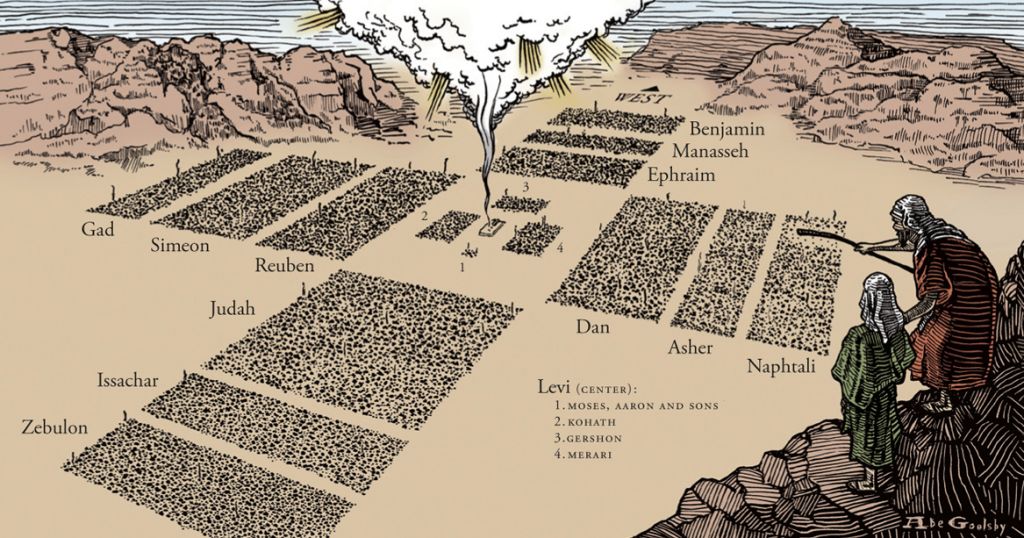Jesus, Our Tabernacle: Alex Keong, tNCC

By Jason Law, Christianity Malaysia
Last Sunday, on the 7th of June 2015, Brother Alex Keong shared in theNew Covenant Church (tNCC) a message on how the Tabernacle in Moses’ time foretold the coming and redemptive plan of Christ. Relevant passages are found in Exodus 26, 30, and 37.
Why Study the Old Testament Passages about the Tabernacle?
Why do we study the Old Testament? Are the passages in it obsolete?Brother Alex Keong shared that while the Old Covenant signified by the Tabernacle was seemingly conditional (you want to earn God’s approval and love, you follow certain laws), it is actually a picture of grace if we can see it with proper understanding.
Through the Exodus passages about the Tabernacle, we can see Jesus even in the Old Testament. 1500 years before the Nativity, God had already laid His plans for the coming of the Messiah. His life, death, and resurrection and how He will become the fulfillment of the Law, was already forecasted in the Old Testament. In Luke 24:25-27 Christ rebuked the people for their lack of faith, and He showed them the fulfillment of prophecies concerning Himself. The passages speak about how the Tabernacle foreshadowed His redemptive plan.
The Tabernacle
One of the things that we notice about the Tabernacle was that it was built on very specific instructions from God. This entailed complete obedience to God, but it also indicated that vast distance between the standards of God and men. What do these facts mean for us today?
The earthly Tabernacle was patterned after the Heavenly Tabernacle and there was no human involvement in its design. However, viewing from one perspective, the Tabernacle was in fact a measure of God’s grace on His people. Every year, the High Priest would make sacrifices in the Holy of Holies as atonement for the people’s sins. In this way, there would at least be an avenue for the people to seek release and forgiveness for themselves.
All the same, these sacrifices would be required year after year and the people never seemed to change. They required the physical expression of God’s presence among them in order to believe (Numbers 9:15). They depended on their 5 senses and they needed to see, through miracles and good works, before they could trust God. But God is Spirit and they missed Christ. The measure of grace and faith found in the old covenant was temporal. The Tabernacle, however, was a place where sinful men could meet a holy God and it would point to the future coming of the Messiah.
The Christ Reflected in the Tabernacle
Brother Alex Keong shared how the Tabernacle materials pointed to Jesus.Exodus 26 and 27 provides a very detailed description of its design but every part was significant. The covering upon the Tabernacle itself was momentous in its meaning.
There were essentially 4 layers of covering upon the Tabernacle; the 1stlayer as you look up to the ceiling was a linen cloth dyed white, blue, purple, and scarlet. This was the same material used for the veil or gate into the Tabernacle, and it reflected Jesus in 4 colours (white for His Holiness, Blue indicating His Heavenly place, Purple for His royalty, and Red for His sacrifice).
The 2nd layer was woven from goat’s hair, and it indicated Christ as our sin-bearer. The passage in Leviticus 16 would explain the import of the goat’s hair, and of Christ as our scapegoat. Hebrews 9:28 gives us hope and reminder that Christ was offered once for all time as a sacrifice to take away the sins of many people.
The 3rd layer was made from sheep or ram’s skin. The meaning of this is obvious to us, and it signifies Christ as the sacrificial Lamb of God. Much earlier, God had already indicated this in a symbolic form through the ram offered as a substitute to Abraham’s sacrifice of Isaac (Genesis 22:13).
In the 4th layer of covering, woven from badger’s hair, we see the humanity of Jesus. This layer of covering had no outward attractiveness, yet it covered so much of beauty and grace (Isaiah 53; John 1:10-14). All together, the 4 layers covered a refuge. The people were safe as long as they stayed close to God. Today, it also symbolizes to Christians the salvation that God has given us through Jesus Christ.
Jesus is the Only Way
Jesus is the only way to redemption and salvation. Even within the Tabernacle itself, we find additional reminders of this; Jesus is reflected in every part of it. Inside the Holy Place as you enter, you would find a table of showbread on your right. This signified the provision of God upon His people, 12 breads for the 12 tribes of Israel (Leviticus 24:5).
In the Tabernacle, the bread was material. Jesus is the supernatural bread for Christians today. He provides for our hunger and thirst. In fact, He satisfies our every need; our hunger for love, affection, acceptance, provision, thirsts for God’s righteousness. He is the Living Water who provides for our every need, both physical and spiritual. Matthew 11:28 is an extension of His compassion; it is an invitation to come to Him in faith and trust.
Across from the table of showbread is the lampstand or menorah, built up of seven lamps upon a single stem. There are multiple connotations to this. The six branches themselves symbolize many things. The Book of Revelation refers to the seven churches of Asia (Revelation 2-3) with the Son of Man in their midst. In Matthew 5:14, we are reminded that we are the light of the world and that we are supposed to let our lights shine. John 15:5 reminds us that we are the branches and Jesus is the vine.
The seven lamps also allude to the branches of human knowledge, represented by the six lamps inclined inwards towards, and symbolically guided by, the light of God represented by the central lamp. The High Priests were responsible for the lighting of the lamps. The pure olive oil used represents the Holy Spirit. Jesus, our High Priest will make sure our lamp is continually litted. He is always in us, Light of the World, Revelation and Wisdom.
The Reason for the Tabernacle
What was the reason God directed the Israelites to build the Tabernacle? God desires to dwell among His people (Exodus 29:45). In Exodus 19:6, He had told the Israelites that He would make them a kingdom of priests and a holy nation, but the people were afraid and did not want to deal with God directly. They appointed Moses as their representative and later demanded for a king.
In the New Testament, after Christ had come for the first time, John wrote of the Word becoming flesh and dwelling among us (John 1:14). Brother Alex Keong explained that the word dwell in this verse came from the root word skeno, meaning to tent or encamp or reside, as God did in the Tabernacle of old. Jesus is Grace and Truth reaching out to sinners but since the time of Adam, sinners have always ran and hid themselves away from God (Genesis 3:10).
We all know the Parables in Luke 15. The parables are vivid pictures of the urgency and intensity of God’s heart for the Lost. God’s love for us is unconditional, reflected in the Parable of the Prodigal Son, and the way Christ related to great sinners like Zacchaeus. God wants us to have a restoration of relationship and return to Him, to fellowship and dwell among His people. Jesus is knocking on the doors of our hearts (Revelation 3:20). He was the visible expression of God dwelling among His people. He is still our Tabernable today.
Assuming the tribes all radiate out equally from the Tabernacle in the center, in the layout of the tribes around the Tabernacle itself, we see the sign of God dwelling among His people, and His redemptive plan for all His people (Numbers 2).

